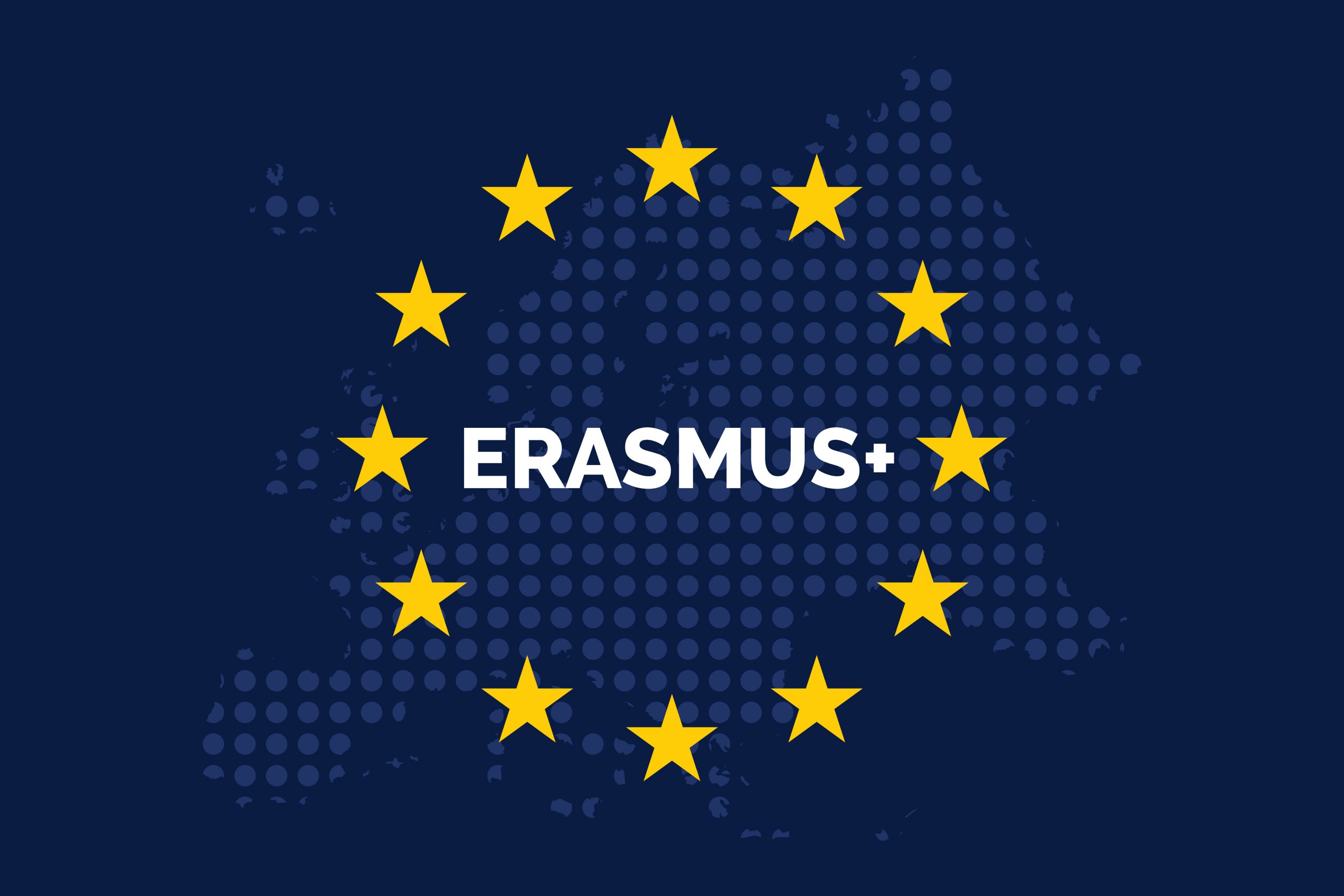
Published on:
31 December 2020
An EU program of education exchange, Erasmus was conceived in 1987 with the goal of facilitating the movement of students throughout EU institutes of higher education. Since then, the Erasmus Program has helped millions of students move throughout over 4,000 universities across more than 30 countries in Europe, while also providing opportunities for educational exchange between students and faculty from EU and non-EU countries. Read on for more information about the program, including a detailed explanation of Erasmus+, the Erasmus Scholarship, and Erasmus Mundus.
Erasmus+
- An EU program with a budget of almost $15 billion, Erasmus Plus (or Erasmus+) is the current iteration of Erasmus, which supports education for European students, particularly the youth, and also provides opportunities (and enhances extant opportunities) for participation in sports and other programs taking place outside the EU.
- The overall goal of these and other initiatives of Erasmus+ is to improve the quality of education throughout high level universities in the EU and its partner countries.
- Erasmus Plus offers opportunities for individuals (youth but also adults) as well as organizations. Universities, think tanks, and the private sector are just some of the organizations who can participate in Erasmus.
- Erasmus Plus is a component of the EU strategy called “Europe 2020”, also called the European Semester, which has the goal of facilitating economic growth in the EU, particularly in the areas of employment and education.
- Some specific goals of Erasmus Plus therefore include lowering the rate of youth unemployment, keeping students in school, facilitating movement and cooperation between the EU and non-EU Erasmus states, and promoting youth participation in democracy.
- Individuals who participate in Erasmus Plus can do so by studying abroad as students (provided they are currently working toward their bachelor, master’s or doctorate). To support these students, Erasmus offers online language programs, the Erasmus Scholarship, traineeships, and even loans to eligible candidates (via the Erasmus + Master Loan).
Erasmus Program and Partner Countries
- The Erasmus program involves the participation of two categories of states: program countries and partner countries.
- Erasmus program countries include all 27 states in the EU, as well as non-EU countries including Turkey, Serbia, North Macedonia, Liechtenstein, Iceland, and Norway.
- Please note that the UK, which was previously enrolled in Erasmus, left the program when it exited the EU.
- European countries who are partners rather than program members include: Switzerland, the Vatican City State, Monaco, San Marino, and Andorra.
- Erasmus Program states have the right to universal participation in all of Erasmus’s various programs and actions. In contrast, partner countries are more limited in what they can participate in.
- Partner countries include more than 100 states throughout Africa, Asia, the Middle East, and South America.
Erasmus Mundus
- A component of the Erasmus, the Erasmus Mundus Program is specifically focused on enriching education throughout Europe by providing scholarships to worthy candidates (who are mostly from outside the EU) and by fostering and maintaining links between the EU and other global education networks.
- Erasmus Mundus has three main components: joint programs, partnerships, and attractiveness projects. Collectively, all three work towards internationalizing education within and across the EU.
- All three programs offer Erasmus scholarships for students to study or teach through Erasmus, and to participate in academic partnerships and other joint programs.
- Scholarships for all three programs generally cover travel and other living expenses for participants coming from outside the EU as well as qualifying EU students.
Erasmus Mundus Masters
- One of the available programs offering scholarships through the Erasmus Mundus program is the Erasmus Mundus Masters (known formally as the Erasmus Mundus Joint Master Degree, or EMJMD).
- The EMJMD is a program of study with an international dimension, open to exceptional students who apply to study in a minimum of two program countries (sometimes students may apply to study in a partner country provided the institution they intend to study at is affiliated with Erasmus).
- The EMJMD is fully funded in terms of providing for your course of study (tuition, all other costs related to your academic coursework) and also provides insurance coverage, a monthly stipend meant to cover costs of living, and a portion of fees related to travel.
- The vast majority of EMJMD scholarships go to students coming from partner states vs. program states; only 25% of Erasmus Scholarships are reserved for EU candidates.
- The program can last from one to two years; by its end, students will have graduated with one degree awarded by a minimum of two institutions of higher education participating in the EMJMD scheme (joint degree) or a minimum of two degrees awarded by two institutions of higher education (multiple degrees).
Erasmus School of Economics
- The Erasmus School of Economics is part of the Erasmus University in Rotterdam (EUR).
- The number one ranked program in the Netherlands, the Erasmus School of Economics also offers one of the highest ranked economics programs in Europe.
- Please do not confuse either the EUR or the Erasmus School of Economics with the EU Erasmus program. While the EUR is one of thousands of universities participating in Erasmus, it happens to share a name with the program but is not otherwise affiliated with it.